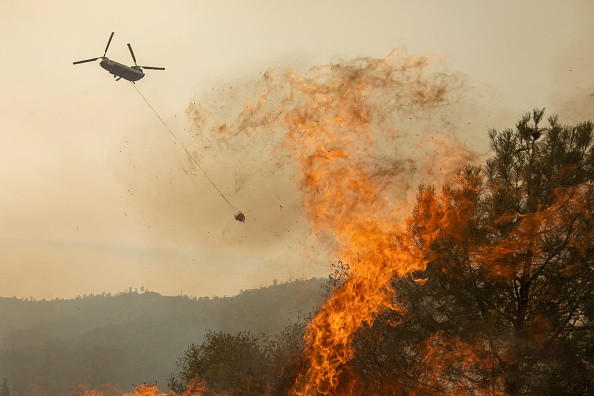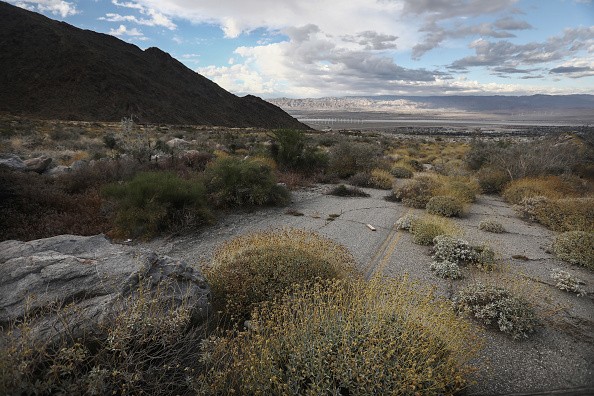According to NOAA data, California lawmakers have responded to the heatwave problem by proposing a new rating system for heat waves after the state endured the warmest summer in its history this year.

Newly Proposed Rating System
The proposed heatwave rating system, which would contain three categories ranging from least to most harmful, would be the first type in the United States and comparable to the hurricane ranking system. In January 2022, it will be formally introduced to the legislature.
According to the National Weather Service, a heatwave is a period of extremely high temperatures that lasts more than two days. Heatwaves may happen with or without high humidity levels, and they can cause deadly heat-related ailments such as heat cramps, heat exhaustion, and heatstroke.
Rising Heat Fatalities

According to a Los Angeles Times analysis, California's heat may have led to 3,900 fatalities over the last decade, a figure that is six times greater than the official tally in the state's statistics.
Legislators have also considered the possibility of designating future heatwaves like hurricanes are called.
"We treat excessive heat like a weather story, but what it actually is," California insurance commissioner Ricardo Lara said, "is a public health issue. Heatwaves cause more fatalities and injuries than any other climate concern."
Lara is a co-sponsor of a bill that proposes categorizing heat waves according to their severity. The rating system would also contain advice on how localities could prepare for an impending heatwave.
"A heatwave warning may prompt vulnerable people, such as the elderly or those suffering from respiratory ailments, to reduce physical activity outside, limit certain power consumption, and seek cover," Lara told AccuWeather National Reporter Kim Leoffler.
The implementation of the ranking system might also offer at-risk people more time to prepare to go to a local cooling facility, according to Lara, because they would be able to give them more critical notice ahead of time.
"Unlike earthquakes, we can predict when a severe heatwave will strike and how long it will stay, allowing us to properly prepare not just our people but also our local governments," Lara added.
California Heat

California is a year-round vacation with weather to suit everyone, from sunbathers to snow bunnies. What determines the optimum time to travel is what you want to see and do. Here's some general knowledge to help you understand what to anticipate across the state.
The climate in much of California is Mediterranean-like, with hot, dry summers and moderate, rainy winters. The typical daily high temperature is approximately 70°F or higher on the coast, but it may occasionally reach 80°F or more on the warmest summer days; even in January, freezing temperatures are uncommon.
The jet stream, which originates in the Pacific Ocean and influences the weather in the United States, is connected to these high, long-lasting temperatures, according to Patzert. The jet stream tends to suck warm air from the south, such as the Mexican desert, as it swings north towards the Pacific Northwest and Canada.
For more Environmental news updates, don't forget to follow Nature World News!
© 2025 NatureWorldNews.com All rights reserved. Do not reproduce without permission.





